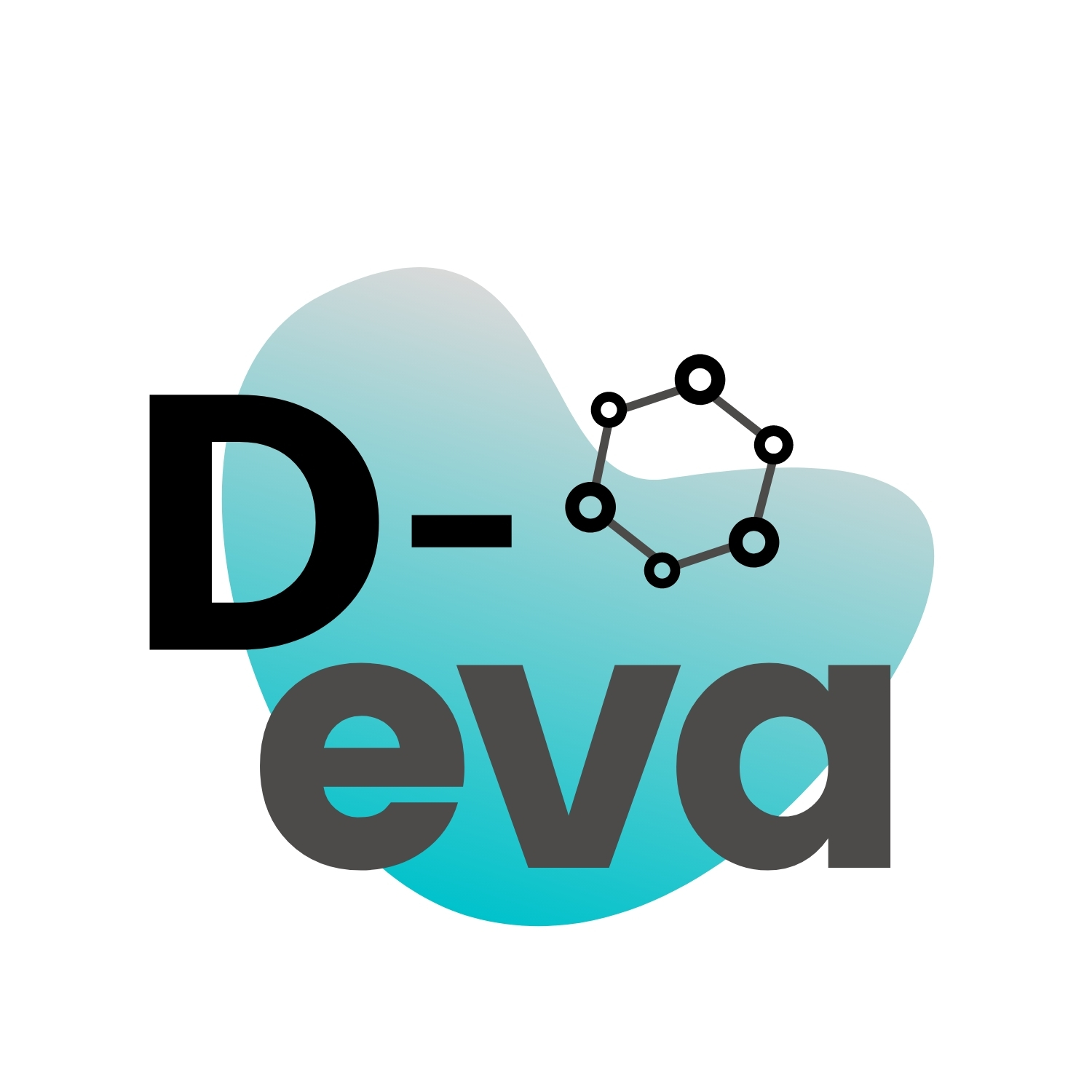
Evaluating students’ ideas in science
by: D-Eva ProjectKeywords
Inquiry, modelling, prediction, experiment
Problem justification
Science education is strongly related with inquiry and laboratory experiments. These experiments play an important role in teacher education, since they allow students:
To increase their content knowledge (building and refining scientific models to explain the natural phenomena surrounding us).
To enhance their pedagogical content knowledge (identifying common misconceptions and exploring strategies to improve students understating of these natural phenomena).
To deepen their epistemological knowledge (understanding how does science work and the basis of school science).
Despite the value of real hands-on experiments, sometimes these cannot be carried out in teacher training settings, for different reasons:
Lack of infrastructure (laboratories are sometimes small and the safety distance cannot be guaranteed).
Lack of materials (samples of tissues, electronic devices, chemical reactants, etc.).
Lack of time (some experiments are very slow or time-consuming).
Risk (some experiments can be dangerous or hazardous, especially those using strong acids, high voltage electricity, radioactive materials, etc.).
Virtual simulations have been proposed as a solution. Currently there is a wide variety of simulations adapted to different ages and scientific topics in chemistry, geology, physics, biology, but also for mathematics, engineering, social sciences, etc.
In the following, we will focus on a specific simulation called “Circuit construction kid”, oriented for age 10-16: https://phet.colorado.edu/en/simulations/circuit-construction-kit-dc
Competences
Educational simulations aim to promote different scientific competences:
The capacity to design small investigation by defining and controlling variables.
The capacity to elaborate explanation about scientific phenomena presented in simulations.
The capacity to refine the own ideas on the light of new evidence obtained from investigation.
Assessment strategies and instruments
Prediction-based activities with simulations allow involve students in a formative assessment, since beyond each prediction they make there is a typology of reasoning / a mental model. The prediction forces students to express these mental models, which otherwise could be camouflaged beyond a supposed rigour of calculus and mathematical operations.
Image: Proposal of an activity for predictions
Assessment criteria
As simulation are online and real-time, students can check their prediction whenever they want. Obviously, we should avoid a simplistic approach based on “right or wrong”, neither based on “how many answers I guessed”, as if it were a betting game.
There are several strategies to involve students reviewing their mental models through a prediction. In this case, students just have to answer, “Which similarities and differences are between the prediction and the obtained results?”.
In the specific case of the electric circuits’ simulation, the discussion after experimenting with the circuit could be based on the behaviour of electric charges displayed in the simulation.
Description of the feedback
Some of simulation platforms are: • https://phet.colorado.edu/ (free without registration) • https://concord.org/ (free with registration) • https://www.brainpop.com/ (partially free, partially payment) • https://wp.labster.com/ (payment, with some free demos)
Type of digital tools
Some of the most world-wide used simulation platforms are:
https://phet.colorado.edu/ (free without registration)
https://concord.org/ (free with registration)
https://www.brainpop.com/ (partially free, partially payment)
https://wp.labster.com/ (payment, with some free demos)
Levels of potential digital transformation
Accessible and available: developed lots of times, easy and known
Example of a case
In the 3rd year of teacher education program, students are enrolled in a science education course. In this course, students must learn both the scientific contents addressed to primary school and the pedagogical knowledge to became teachers (so also science teachers).
References
Rutten, N., Van Joolingen, W. R. & Van Der Veen, J. T. (2012). The learning effects of computer simulations in science education. Computers & education, 58(1), 136-153. DOI:10.1016/j.compedu.2011.07.017
Wieman, C. E., Adams, W. K., Loeblein, P. & Perkins, K. K. (2010). Teaching physics using PhET simulations. The Physics Teacher, 48(4), 225-227. DOI:10.1119/1.3361987
No comments yet